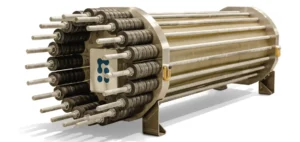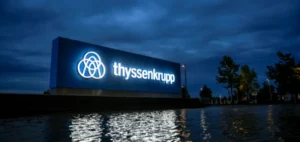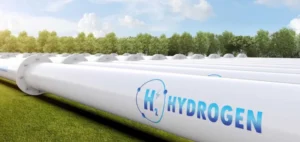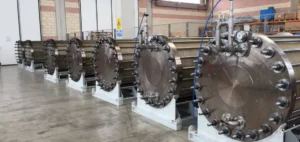Hydrogen production will reach 204 billion USD by 2031, driven by industrial demand and government clean energy initiatives.
However, storage and distribution challenges are holding back this growing market.
Context and State of the Hydrogen Market
Hydrogen production relies on a variety of sources, including fossil fuels, water, nuclear power, solar energy and biomass.
Processes used include electrolysis, thermochemical reactions, biological methods and pressure swing adsorption.
Each hydrogen production method is color-coded: gray, green and blue, depending on the chemical reactions employed.
These types of hydrogen find diverse applications in the e-mobility, chemical production, power generation and manufacturing industries.
Growth drivers and market challenges
The growth of the hydrogen generation market is mainly driven by increasing demand in the chemical industry and government initiatives to accelerate the transition to clean energy sources.
However, the high cost of storing hydrogen is a major obstacle.
On the other hand, the development of green hydrogen production technologies and the increasing use of hydrogen in fuel cell electric vehicles (FCEVs) are opening up new opportunities for market players.
Securing the transport and storage of hydrogen remains a major challenge for the industry.
Market Segments and Forecasts
By 2024, the grey hydrogen segment is expected to account for around 87% of the hydrogen generation market.
However, green hydrogen is expected to experience the highest compound annual growth rate (CAGR) over the forecast period.
This growth is fuelled by the need to reduce the cost of renewable energy production, the development of electrolysis technologies and strong demand for green hydrogen in FCEV and power generation applications.
In terms of processes, hydrogen generation processes are expected to account for around 80% of the market by 2024.
This dominance is attributed to the growing demand for hydrogen in industrial applications and the need to reduce greenhouse gas emissions from hydrogen generation processes.
Hydrogen Sources and Applications
The fossil fuel segment is expected to account for around 60% of the hydrogen generation market in 2024, while the solar energy segment is set to record the highest growth rate.
This growth is driven by increasing demand for green hydrogen in industrial applications and the adoption of low-cost hydrogen production methods.
In terms of applications, ammonia production is expected to account for over 55% of the hydrogen generation market in 2024.
This significant share is due to the growing demand for ammonia as a low-carbon fuel and its increasing use to decarbonize industries.
The e-mobility segment is expected to record the highest growth rate over the forecast period.
Regional outlook
Asia-Pacific is expected to account for over 41% of the hydrogen generation market in 2024, followed by Europe, North America, Latin America and the Middle East & Africa.
This significant market share is mainly attributed to the region’s growing capacity to produce carbon-free hydrogen, Australia’s focus on hydrogen generation using carbon capture and storage technologies, and China’s increasing use of renewable energy, natural gas and coal for hydrogen generation.
The evolution of the hydrogen generation market presents significant opportunities, although challenges remain, particularly in storage and transportation.
The potential of green hydrogen and government initiatives to promote clean energy are key drivers for the future of this market.





















